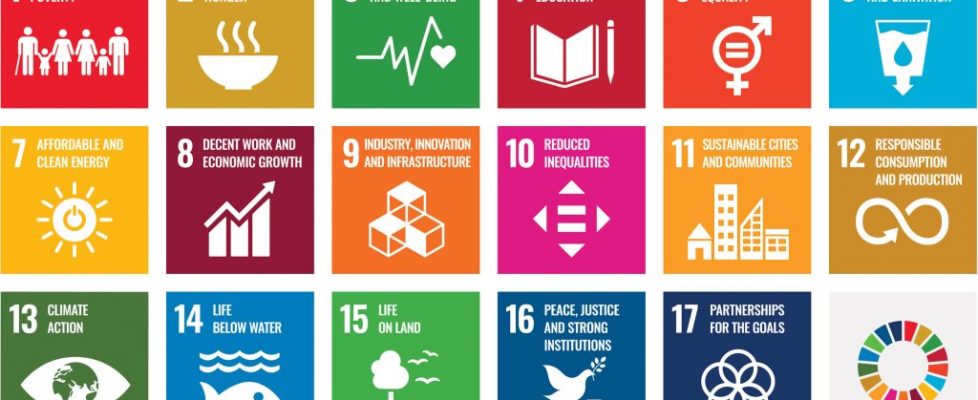PLANET
“The fashion industry, including the production of all clothes which people wear, contributes
to around 10% of global greenhouse gas emissions due to its long supply chains and energy
intensive production.” (UN, 2018). It’s no surprise that the fashion industry is detrimental to
The environment – one of the most influential fields of the world has affected our planet beyond
repair. One proposed solution involves the adoption of circular economic principles. The
main goals of a circular economy are longevity, sustainability and material reuse/recycling.
This promotes practices such as reuse of old garments, sparing use of resource intensive
materials, and the introduction of sustainable alternatives. This presents a vast contrast to
our current linear model of mass-production, followed by end of life discarding – often to
landfill.
Materials favoured by the fashion industry, such as cotton – with an annual worldwide
production of over 24.5 million tonnes (F.A. Esteve-Turrillas, M. de la Guardia, 2013) are very water and chemically intensive and produce large amounts of CO2 emission. Environmentally friendly options such as organic cotton and bamboo fibres require less land use and less intensive farming techniques. Synthetic alternatives such as recycled polyester make use of pre-existing material and reduce waste sent directly to landfill. Use of these materials presents a strong first step to a more sustainable future. Further attempts to reduce the impact of the fashion industry can be seen with The United Nations proposed Sustainable Development Goals. These are a set of guidelines for all countries to address the social, economic and environmental challenges currently faced in
today’s society.
There are 17 goals, which can all hold relevance to the fashion industry. One especially notable goal is SDG 12: Responsible Consumption and Production. For the consumer, the goal aims to promote the purchase of longer lasting, higher-quality clothing and to avoid buying from fast fashion. These labels often make use of environmentally destructive and intensive mass-production techniques to provide low-cost items in response to high demands. Brands can aim to adhere to this goal by opting for low waste, ethical, and environmentally friendly materials, ensuring consumers are informed on the environmental impact of their purchases, and paying a liveable wage to workers.
The Sustainable Development Goals propose industry wide advocacy for these targets by
2030; with less than 7 years before this date, and considering current industry trends, it is
clear that large systemic changes are necessary. This is dependent on
brands taking initiative to implement principles aligned with the UN’s SDGs and an adoption
of a circular economic framework.
REFERENCES
United Nations, (2018), UN Helps Fashion Industry Shift to Low Carbon
United Nations. (2015). Transforming our world: The 2030 Agenda for Sustainable Development.
F.A. Esteve-Turrillas, M. de la Guardia, (2017) Environmental impact of cotton production and trade. International Institute for Sustainable Development, 161.
